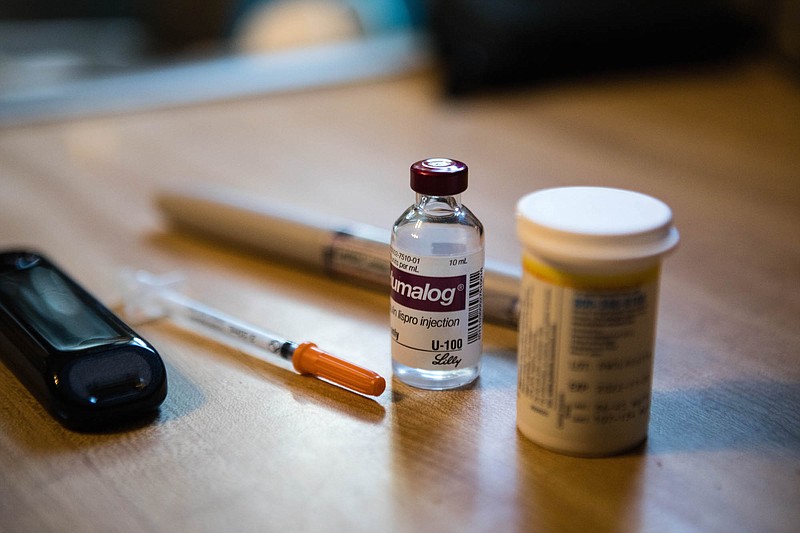It's amazing that Medicare recipients just gained a cap on what they will pay for insulin. It's incredible considering the pharmaceutical industry's lobbying efforts against any price controls or negotiations. Spearheaded by the Pharmaceutical Research and Manufacturers of America, often known as Pharma, those efforts have been ongoing for years. And in September 2021, it was reported by The Hill that Pharma was launching a seven-figure ad campaign against the proposals moving through Congress to allow negotiation of drug prices.
Diabetes is a substantial profit center for Big Pharma, and politics and lobbying are crucial elements. By November 2021, Pharma had spent $263 million on lobbying, "deploying so many lobbyists -- 1,600 -- that they outnumber members of Congress 3 to 1," said Sheila Krumholz, executive director of OpenSecrets and quoted in The Washington Post.
While Congress finally succeeded in addressing the needs of Medicare patients, non-Medicare diabetics did not fare as well.
These consumers are key to growing the industry and its profits. Drug companies made huge investments in TV ads that appeal directly to them. About $6 billion each year -- for a total of $17.8 billion -- was spent on direct-to-consumer advertising from 2016 to 2018.
Direct-to-consumer advertising of drugs is not commonly done worldwide. In a 2021 NPR interview, it was made clear that only two countries on the planet, the United States and New Zealand, even permit advertising directly like this. No wonder the interview was called, "This is your brain on drug ads."
Almost half of these ads focused on chronic conditions requiring long-term prescriptions like arthritis, diabetes and depression. The ads encourage patients to ask their doctors for specific medications, usually the expensive, brand-named drugs. For example, Eli Lilly & Co. spent $655 million to advertise its Type 2 diabetes drug Trulicity, according to the Government Accountability Office.
The advertising frenzy is connected to our high drug costs. Check out the U.S. Dept. of Health and Human Services' report by the RAND Corporation which compared insulin prices among 33 high-income countries. America's average manufacturer's price for a vial of insulin ($98.70) was more than 10 times the average price in the other 32 countries combined. Given that the International Diabetes Federation (IDF) reports that America has the highest incidence of diabetes among developed countries, the term "cash cow" comes to mind.
You'd think that Republican senators in the Southeast, where diabetes is common, would eagerly protect their constituents and vote for insulin caps in the private sector. Didn't happen.
And the GOP, trying to dismiss any perception of Pharma influence, pointed to the Senate parliamentarian. Yes, the parliamentarian did rule that private insurance market limits were policy, and not appropriate for a reconciliation package. But it could've been overruled by only 10 Republican votes. Didn't happen. Instead, Republicans forced a vote removing the private insurance market limit from the act.
Outrage at having to choose between buying medication and buying food was bluntly expressed on Twitter. "The GOP went out of their way to ensure that 7.4 million Americans have to continue to pay outrageous prices for meds *they need to live* that cost pennies to make."
Take heart folks, this isn't over. It's time to vote for representatives who care.
Contact Deborah Levine, an author, trainer/coach and editor of the American Diversity Report, at deborah@diversityreport.com.
